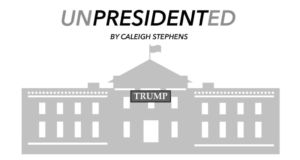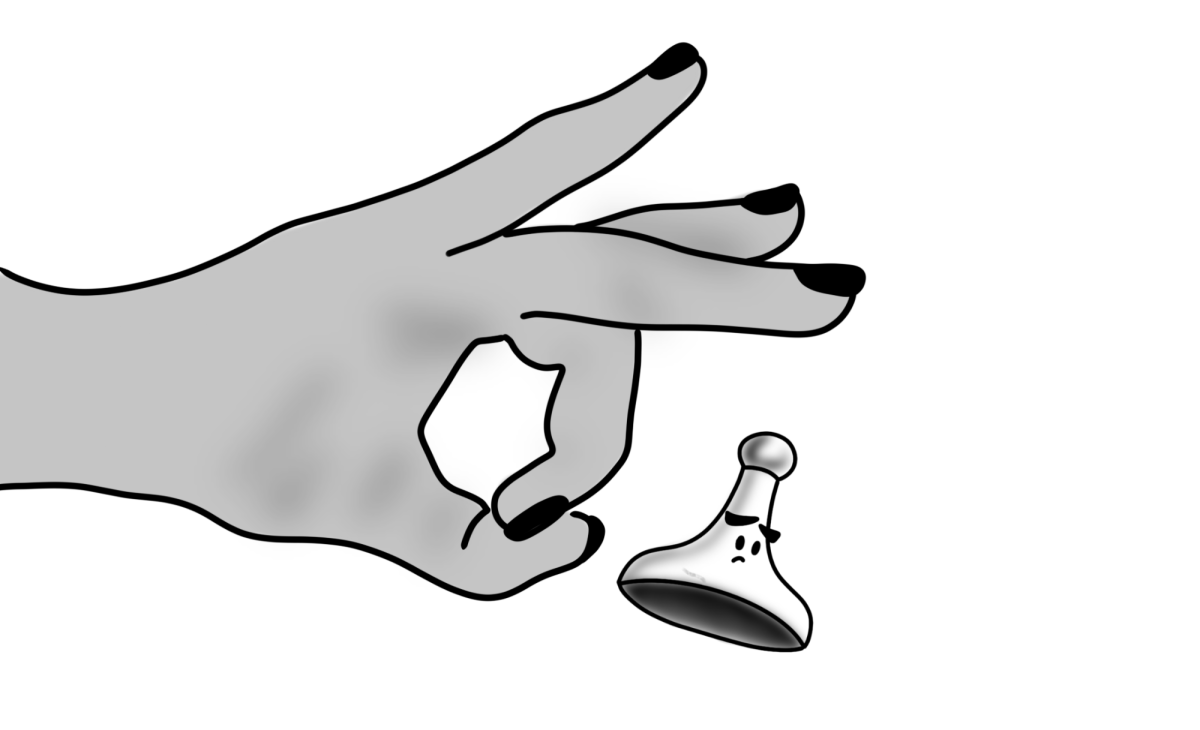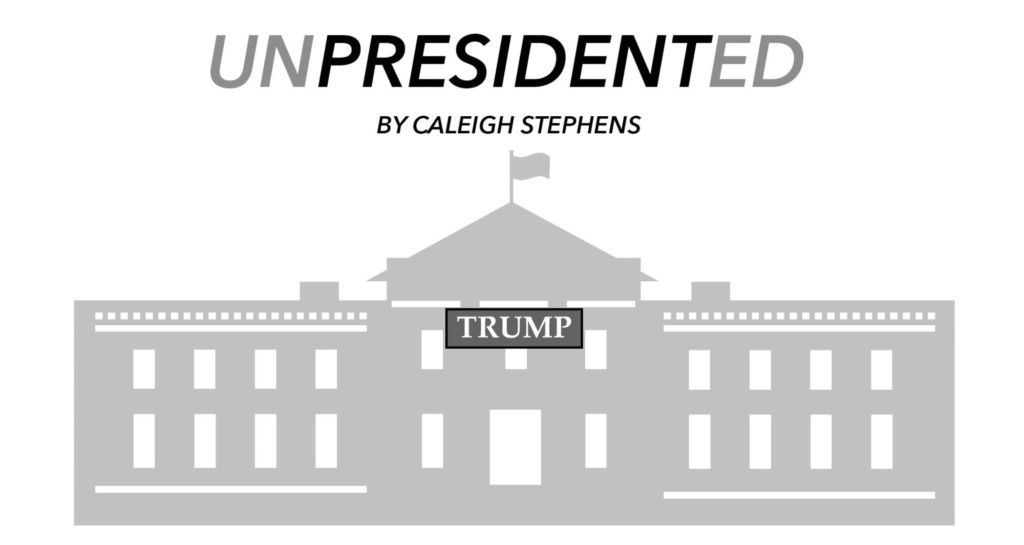
“UnPresidented” is a new weekly column discussing the transition and first days of the Trump administration.
Amid an ongoing legal battle surrounding the travel ban and controversial cabinet confirmations, a couple presidential actions have slipped by the general public. One such event has been Trump’s rollback of financial regulations, with his attacks on the 2010 Dodd-Frank Wall Street Reform and Consumer Protection Act (Dodd-Frank) in a vague executive order as well as his recent memorandum targeting the fiduciary rule, which requires brokers to act in the client’s best interest instead of their own. On Feb. 3 at a strategy and policy forum, Trump remarked that he expects “to be cutting a lot out of Dodd-Frank.”
But by targeting regulation like Dodd-Frank, Trump is only securing himself a spot in Wall Street’s corner and paving the way for another economic crisis.
The act, signed on the heels of the Great Recession, centers around regulations seeking to avoid another recession like the housing crash in 2008. The main parts of the act are concerned with adding regulations not to community banks, but to the large, “too big to fail” national banks that caused the housing crash. The act includes so-called “stress tests,” in which banks with assets above $50 billion must undergo yearly regulatory inspections by the Federal Reserve in order to determine if the bank could survive another large economic crash.
Other regulations in Dodd-Frank include the requirement that banks hold more easily liquidated assets and increase the amount of money held in reserve in the case of economic turmoil. The Consumer Financial Protection Bureau was also founded, an agency dedicated to making sure Americans aren’t wronged by financial companies.
Dodd-Frank is unquestionably the biggest regulatory law regarding the banking industry since the 1933 Glass-Steagall act following the Great Depression, which regulated commercial and industry banks until its partial repeal in 1998. The Glass-Steagall Act had essentially the same purpose as Dodd-Frank―to prevent another economic meltdown as a result of banking failure.
Arguably an inadequate defense against Wall Street that didn’t go nearly far enough, Dodd-Frank was still a step forward in containing the banking industry. I won’t mince words―the housing bubble and resultant recession were caused by banks that were “too big to fail” and by the absence of meaningful regulation. For Trump to attempt to cut back the few regulations that were passed is to let Wall Street run completely unchecked, just as they did just a decade ago.
One might presume Trump wants the act gone in order to eliminate regulations or stimulate economic growth, but Trump’s only explanation from the forum came in the form of cronyism: “I have so many people, friends of mine that have nice businesses that can’t borrow money, they just can’t get any money because the banks just won’t let them borrow because of the rules and regulations in Dodd-Frank.”
Trump’s actions against financial regulations aren’t for the sake of Americans, they aren’t for the benefit of the economy, they are simply for Trump’s friends and their “nice businesses.”
Questions are certainly being raised about whether Trump really is the populist he proclaims to be, or whether he is truly interested in taking on Wall Street. Campaign stump speech after stump speech was dominated by anti-Wall street rhetoric, yet Trump’s first actions do more to protect Wall Street interests than those of Middle America.
One of the more coherent arguments against Dodd-Frank specifically lies in its potential to stifle the economy and decrease lending. However, the Federal Reserve data has found that the number of commercial and industrial loans given out by banks has risen every month since April 2011, and a U.S. Small Business Administration report released in February found that the share of small commercial and industrial loans under $1 million has also consistently increased since 2011.
As is clear by the vague executive order language and memorandum-signing, Trump doesn’t really have as much power to dismantle Dodd-Frank as he’d like. With Congress already in action, Dodd-Frank will likely be chipped away in the legislative branch. A full repeal, though unlikely, is possible, with the Senate only needing 51 votes (which the Republicans have) to stop a filibuster as per the Congressional Review Act governing laws that are less than 15 years old. The fiduciary rule is a much easier target, with Trump’s memorandum instructing the Labor Department to review it already in effect.
Dodd-Frank isn’t a perfect act―it isn’t quite streamlined and doesn’t go nearly far enough. But for Trump to repeal it, and to get rid of the fiduciary rule, would be a step in the wrong direction. If Trump continues to fight against regulations on the banking industry, get ready for major economic crisis No. 3.







